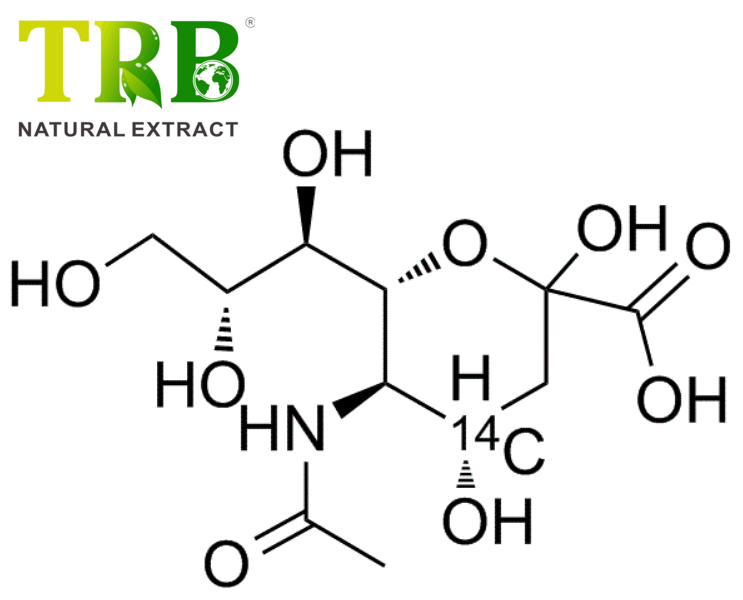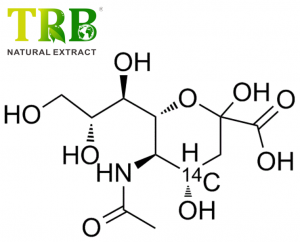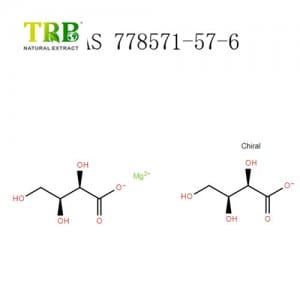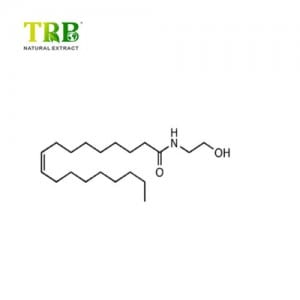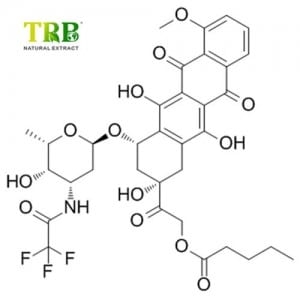| Product name | N-Acetylneuraminic acid powder |
| Other Name | N-Acetylneuraminic acid, N-Acetyl-D-neuraminic acid, 5-Acetamido-3,5-dideoxy-D-glycerol-D-galactonulosonic acid o-Sialic acid Galactononulosonic acid Lactaminic acid NANA N-Acetylsialic acid |
| CAS No.: | 131-48-6 |
| Content | 98% by HPLC |
| Appearance | White Powder |
| Molecular formula | C11H19NO9 |
| Molecular Weight | 309.27 |
| Water-soluble Ability | 100% water soluble |
| Source | 100% nature with Fermentation process |
| Bulk package | 25kg/drum |
What is Sialic acid
Sialic Acid is a group of derivatives of neuraminic acid (N- or O-substituted derivatives neuraminic acid). Usually in the form of oligosaccharides, glycolipids or glycoproteins.
Sialic Acid is also the name for this group’s most common member – N-acetylneuraminic acid (Neu5Ac or NANA).

Sialic acid family
It has been known for nearly 50 members, all derivatives of the negatively charged 9-carbon sugar neuraminic acid.
N-acetylneuraminic acid (Neu5Ac), N-glycolylneuraminic
acid (Neu5Gc) and deaminoneuraminic acid (KDN) are its core monomer.
N-acetylneuraminic acid is the only kind of Sialic Acid in our body.
Sialic Acid and Bird’s nest
Because Sialic acid is rich in bird’s nest, it is also called bird’s nest acid, which is an essential indicator of bird’s nest grading.
Sialic Acid is the main nutrition ingredients in Bird’s nest, around 3%-15% by weight.
Among all the known foods, Bird’s nest contains the highest content of Sialid acid, around 50 times higher than other foods.
1g Bird’s nest equals 40 eggs if we get the same quantity of Sialic Acid.
Sialic Acid food sources
Generally, plants contain no Sialic acid. The leading supply of Sialic acid is human milk, meat, egg, and cheese.
Contents of total Sialic acid in conventional foods (µg/g or µg/ml).
| Raw food sample | Neu5Ac | Neu5Gc | Total | Neu5Gc, % of total |
| Beef | 63.03 | 25.00 | 88.03 | 28.40 |
| Beef fat | 178.54 | 85.17 | 263.71 | 32.30 |
| Pork | 187.39 | 67.49 | 254.88 | 26.48 |
| Lamb | 172.33 | 97.27 | 269.60 | 36.08 |
| Ham | 134.76 | 44.35 | 179.11 | 24.76 |
| Chicken | 162.86 | 162.86 | ||
| Duck | 200.63 | 200.63 | ||
| Egg white | 390.67 | 390.67 | ||
| Egg yolk | 682.04 | 682.04 | ||
| Salmon | 104.43 | 104.43 | ||
| Cod | 171.63 | 171.63 | ||
| Tuna | 77.98 | 77.98 | ||
| Milk (2% Fat 3% Pr) | 93.75 | 3.51 | 97.26 | 3.61 |
| Butter | 206.87 | 206.87 | ||
| Cheese | 231.10 | 17.01 | 248.11 | 6.86 |
| Human milk | 602.55 | 602.55 |
We can see that the Sialic acid in Human milk is high, which is the key ingredient for a baby’s brain development.
But Sialic Acid content is different in different Periods Human milk
Breast milk colostrum 1300 +/- 322 mg/l
10 days later 983 +/- 455 mg/l
Preterm infant milk powder 197 +/- 31 mg/l
Adapted milk formulas 190 +/- 31 mg/l
Partially adapted milk formulas 100 +/- 33 mg/l
Follow-up milk formulas 100 +/- 33 mg/l
Soy-based milk formulas 34 +/- 9 mg/l
Compared with Breast milk, Infant milk powder contains around 20% Sialic acid from Human milk, while the baby can only get 25% Sialic acid from Breast milk.
For a Preterm baby, Sialic acid is more essential than a healthy baby in Brain development.
Sialic Acid Powder (N-Acetylneuraminic Acid) – Premium-Grade for Nutritional & Cosmetic Applications
Product Overview
Sialic Acid (SA), scientifically known as N-Acetylneuraminic Acid (NANA), is a critical 9-carbon monosaccharide naturally found in human breast milk, dairy products, and bioactive foods like bird’s nest. Our powder meets EU Novel Food standards (EU 2017/2470) and is manufactured under GMP-certified conditions with ≥98% purity.
Key Specifications
- CAS No.: 131-48-6 (Free Acid) | 50795-27-2 (Dihydrate)
- Appearance: White crystalline powder with sweet-sour taste
- Purity: >97% NANA content (HPLC verified)
- Safety Profile:Storage: 2-8°C in airtight containers (24-month stability)
- Heavy Metals: <0.1 mg/kg lead
- Microbiological: Salmonella/25g not detected
- Residual solvents: <0.1% (acetone/ethanol)
Proven Health Benefits
- Brain & Cognitive Development
- Critical for infant neural growth, with breast milk containing 0.3-1.5 mg/mL SA
- Enhances learning capacity in animal models via ganglioside synthesis
- Immune Support
- Modulates pathogen recognition through cell surface glycoprotein masking
- Reduces inflammatory markers in clinical studies (C-reactive protein p<0.05)
- Skin & Cosmetic Efficacy
- Anti-aging: Inhibits MMP-1 collagenase activity by 37% in vitro
- Whitening: Reduces melanin synthesis via tyrosinase pathway regulation
Applications
| Industry | Formulation Guidance |
|---|---|
| Infant Nutrition | 100-300 mg/kg in milk powder |
| Dietary Supplements | 50-200 mg/day capsule filling |
| Cosmetics | 0.5-2% in serums/masks |
| Pharma | Excipient for mucosal drug delivery |
Quality Assurance
- Production: Fermentation-derived from non-GMO substrates (glucose/corn steep liquor)
- Testing: Full COA including NMR identification, residual solvent analysis (USP <467>), and endotoxin screening
- Certifications: ISO 9001, FSSC 22000, REACH compliant
Packaging & Ordering
- Sample Orders: 100g-1kg (shipped within 48h)
- Bulk Sizes: 25kg fiber drums with desiccant
- Global Logistics: FOB/CIF terms available; SDS & customs docs provided
Scientific References
- EU Novel Food Regulation 2017/2470
- Wang & Brand-Miller (2003) Nutritional Role of SA
- Lacomba et al. (2011) Dairy SA Analysis
- Keywords:d “Sialic Acid Powder“, “N-Acetylneuraminic Acid”, “infant nutrition”, “cosmetic anti-aging” in headers
